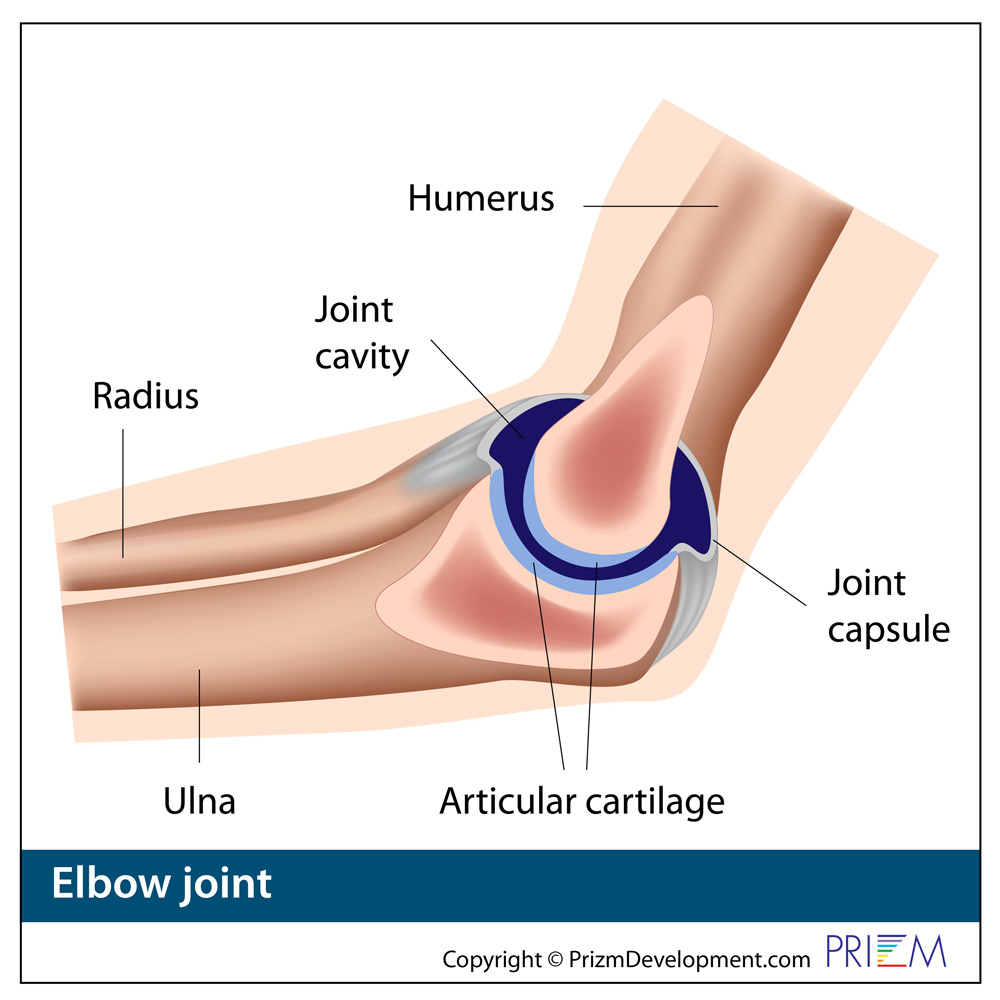Tennis Elbow
![]() Lateral epicondylitis, commonly known as tennis elbow, is a painful condition involving the tendons that attach to the bone on the outside of the elbow. The muscle involved in this condition helps to extend and stabilize the wrist. With lateral epicondylitis, there is degeneration of the tendon’s attachment, weakening the anchor site and placing greater stress on the area.
Lateral epicondylitis, commonly known as tennis elbow, is a painful condition involving the tendons that attach to the bone on the outside of the elbow. The muscle involved in this condition helps to extend and stabilize the wrist. With lateral epicondylitis, there is degeneration of the tendon’s attachment, weakening the anchor site and placing greater stress on the area.
Not surprisingly, playing tennis or other racquet sports can cause this condition. But several other sports and activities can also put you at risk. This can then lead to pain associated with activities in which this muscle is active, such as lifting, gripping, and grasping.
Symptoms
Pain is the primary reason that patients seek medical evaluation. The pain is located on the outside aspect of the elbow, over the bone region known as the lateral epicondyle. This area usually becomes tender to touch. Pain is also produced by any activity that places stress on the tendon, such as gripping or lifting. With activity, the pain usually starts at the elbow and may travel down the forearm to the hand.
Causes
Overuse, both non-work and work related, can cause this condition. Any activity that places stress on the tendon attachments, usually through force, increases the strain on the tendon. These stresses can result from holding too large a racquet grip or from repetitive gripping and grasping activities, such as meat-cutting, plumbing, painting, weaving, etc.
A direct blow to the elbow may result in swelling of the tendon that can lead to degeneration. A sudden extreme action, force, or activity could also injure the tendon.
Treatment Options
Most cases of Tennis Elbow respond to non-surgical treatments. Treatment typically includes rest or activity restriction/alteration. Specific exercises, often under the guidance of an occupational therapist, are often prescribed. Your Celebration Orthopaedics hand surgeon may instruct the following treatment options:
-
Activity modification: Initially, the activity causing the condition should be limited. Limiting the aggravating activity, but not engaging in total rest, is strongly recommended. Modifying grips or techniques, such as using a different size racket and/or the use of 2-handed backhands in tennis, may relieve the problem.
-
Medication: Non-steroidal anti-inflammatory medicines, like aspirin or ibuprofen, can reduce pain and swelling.
-
Brace: Using a brace centered over the back of your forearm may also help relieve symptoms of tennis elbow. This can reduce symptoms by resting the muscles and tendons.
-
Physical Therapy: Specific exercises are helpful for stretching and/or strengthening the muscles of the forearm. Your therapist may also perform ultrasound, ice massage, or muscle-stimulating techniques to improve muscle healing.
-
Steroid injections: A steroid is a strong anti-inflammatory medication that can be injected into the area. No more than (3) injections should be given.
Surgery is only considered when the pain is incapacitating, has not responded to conservative care, and symptoms have lasted more than six months. Surgery involves removing the diseased, degenerated tendon tissue. Two surgical approaches are available: traditional open surgery (incision), and arthroscopy, a procedure performed with instruments inserted into the joint through small incisions.
Your Celebration Orthopaedics hand surgeon will discuss which treatment option is best for your condition.
Recovery
Recovery from surgery includes physical therapy to regain motion of the arm. A strengthening program designed by our rehabilitation department will be necessary in order to return to prior activities. Recovery can be expected to take 4-6 months.

 Arm & Hand
Arm & Hand